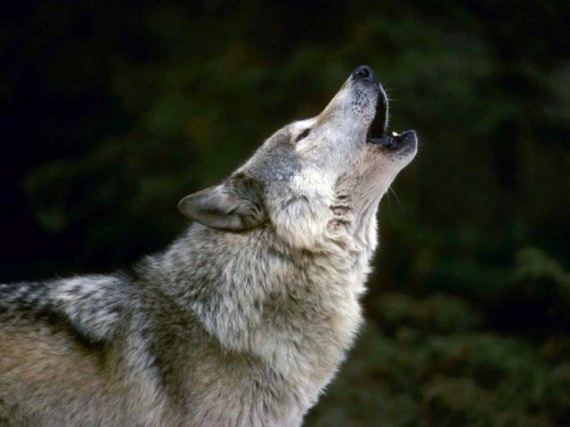Yellowstone National Park has released a series of reports on wolf, bird, and fish populations in the Park.
The reports comprise a wolf and bird report (each published annually) as well as a three-year report on fisheries science. The first two were conducted in 2014 while the latter was conducted between 2012 and 2014.
Published through the Yellowstone Center for Resources (with support from both the Yellowstone Park Foundation and Yellowstone Association), these reports provide vital information regarding the health of both these populations and the Greater Yellowstone Ecosystem. They also provide information meant to guide future management protocol and highlight further opportunities for research. Summaries of the reports (as well as links to where you can read them online) are below, courtesy of a YNP press release:
Highlights from these reports include:
- Wolves, 2014: There were at least 104 wolves in 11 packs, including nine breeding pairs, living primarily in Yellowstone National Park during December 2014. From 2009 to 2014, wolf numbers have fluctuated between 83 and 104 wolves, and six to nine breeding pairs. Pack size in 2014 averaged nine wolves. Forty pups survived to year-end, including 17 in northern Yellowstone and 23 in the interior of the park. For the first time, the size of a wolf pack was estimated via genetic sampling methodology, using scat samples from a den site.
- Birds, 2014: During 2014, Yellowstone National Park continued its long-term core bird monitoring program for the 31st year and completed the fourth year of the Yellowstone Raptor Initiative, a five-year project focusing on the role of aerial predators (hawks, eagles, and owls). Peregrines in the park continue to be highly successful and abundance remains stable, although nesting success has remained at or below the 27-year average in six of the last 10 years. In contrast, nesting success of bald eagles and ospreys has been above the long-term averages for both species during the last several years.
- Fish, 2012-2014: There are signs that the number of Yellowstone cutthroat trout in Yellowstone Lake is increasing. Efforts to reduce the population of non-native lake trout have resulted in the removal of over one million lake trout from Yellowstone Lake. Successes with Arctic grayling and westslope cutthroat trout restoration efforts are also described as part of the native fish preservation effort.
The Yellowstone Center for Resources is expected to release a report on grizzly bear research in the Greater Yellowstone Ecosystem in the near future, comprising information on bears’ dietary preferences as well as demographic statistics and information on how habituated bears are to people, grizzly range, cub adoption, and bear attack risk.
 Yellowstone Insider Your Complete Guide to America's First National Park
Yellowstone Insider Your Complete Guide to America's First National Park





